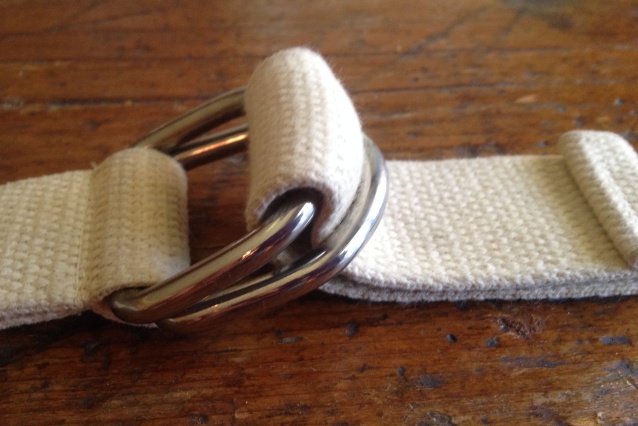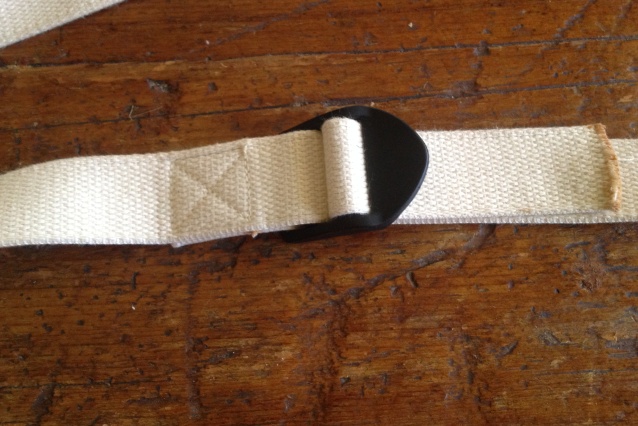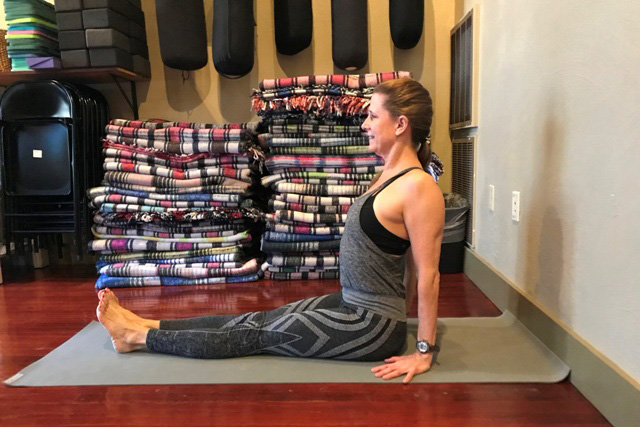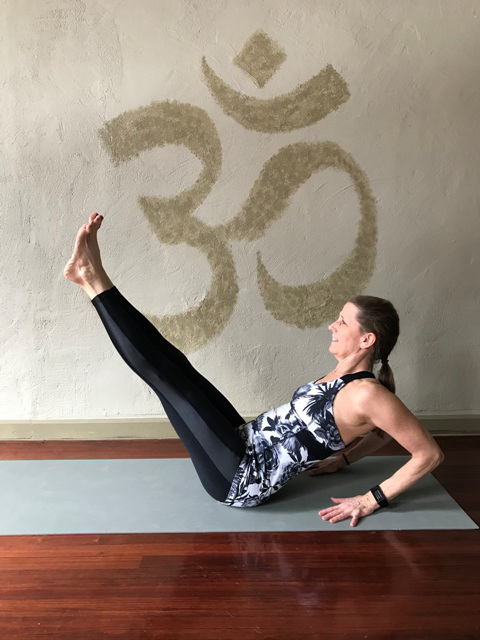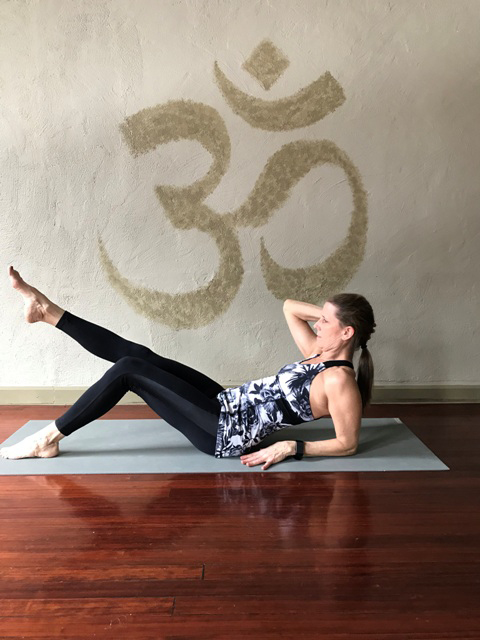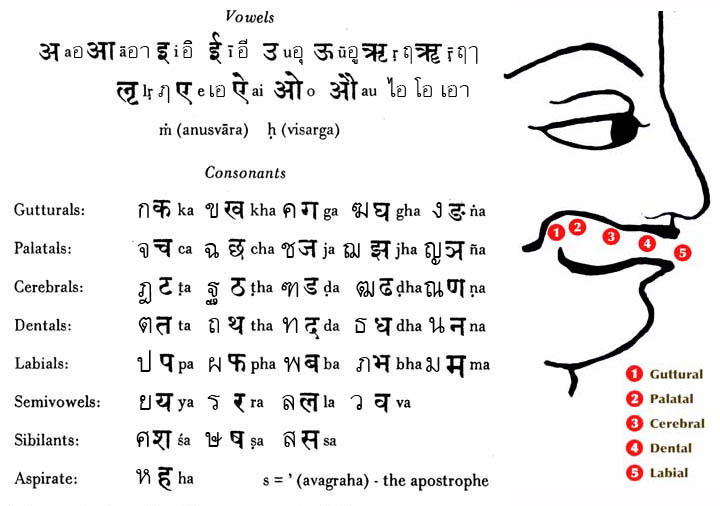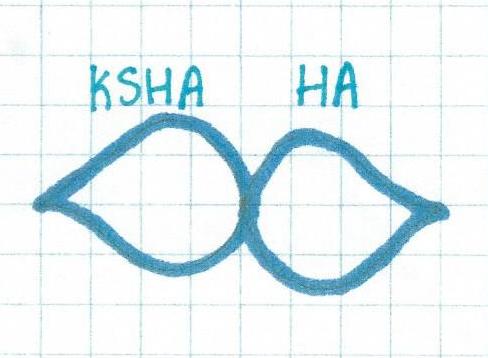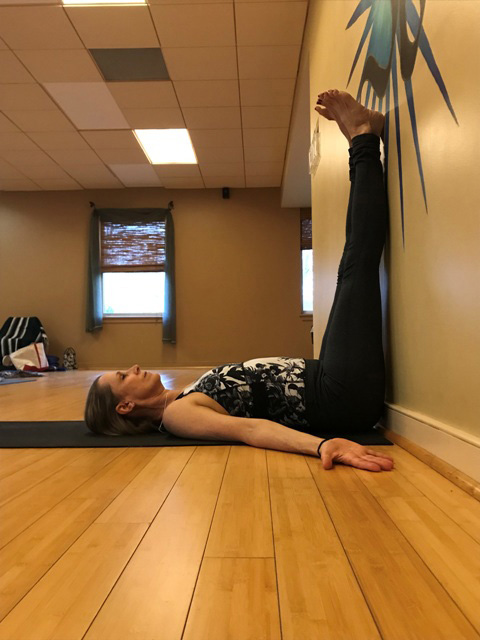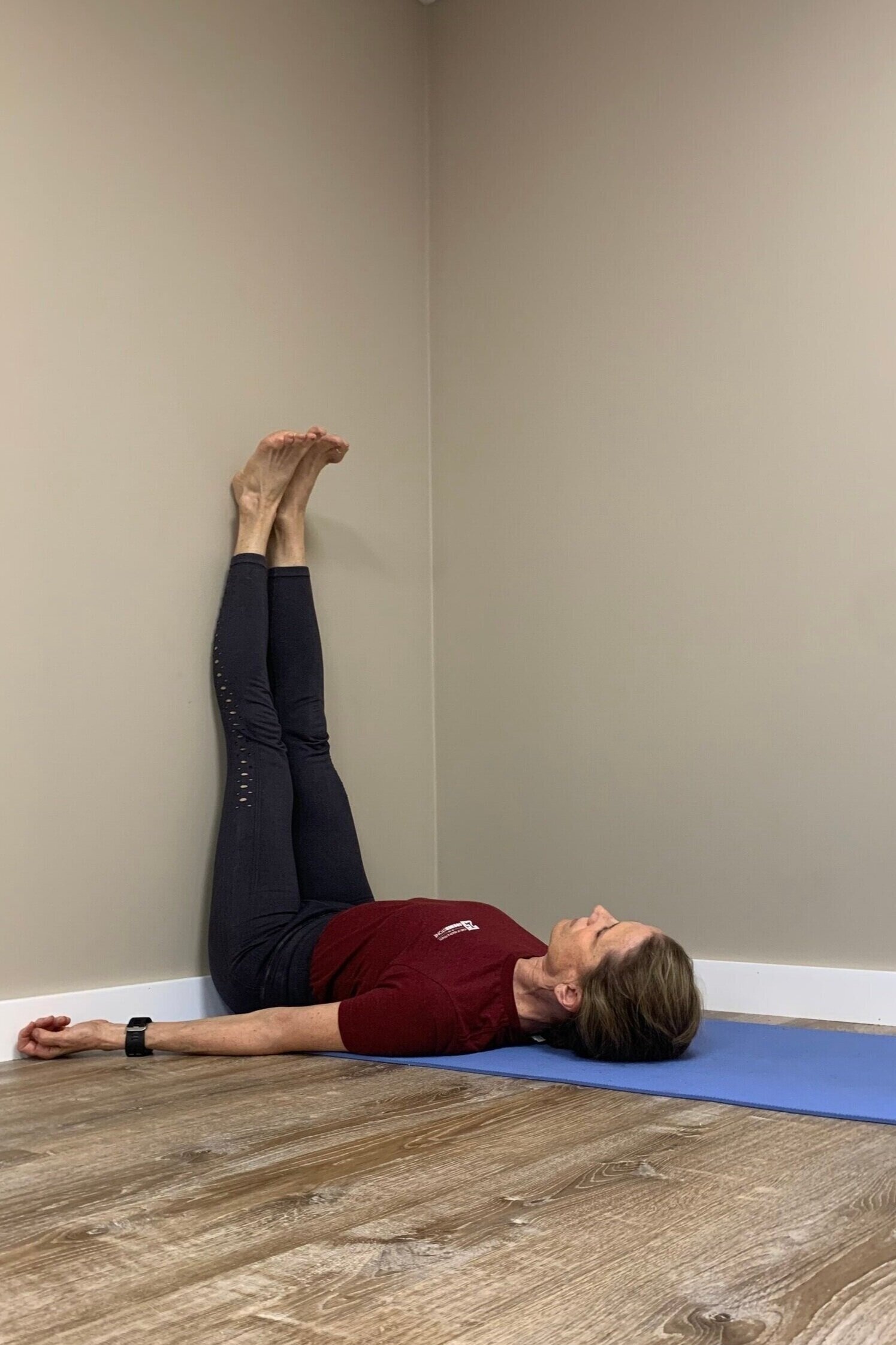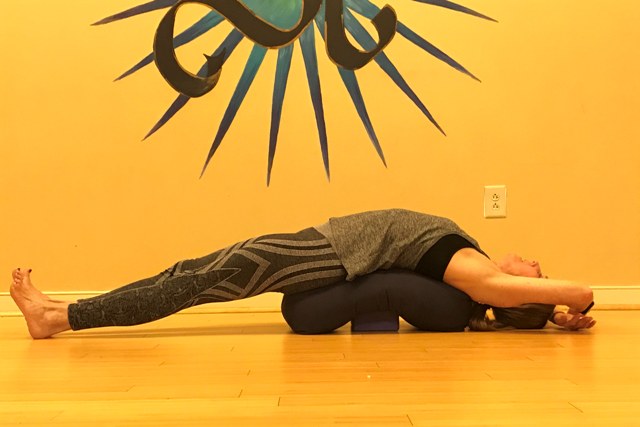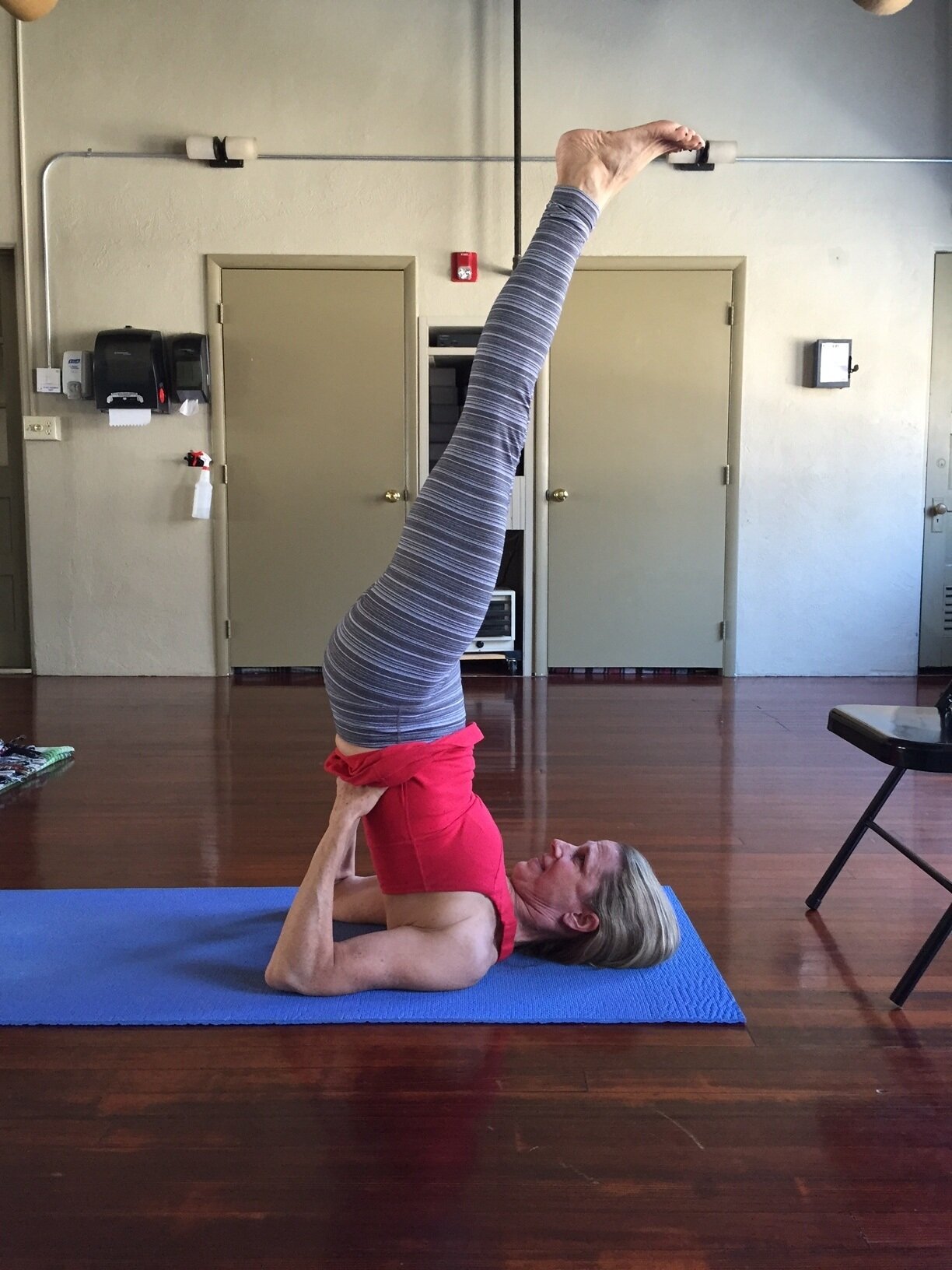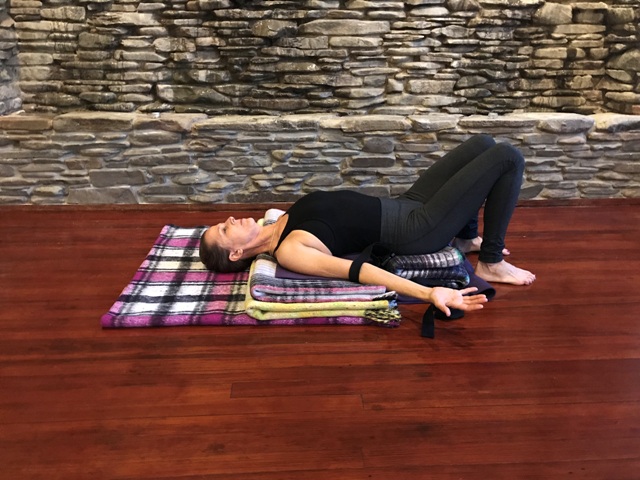How to Thread a Yoga Belt or Strap
Knowing how to use props correctly can support and inform your practice, or frustrate you if you don't know how to use them correctly. Blocks are pretty straightforward; you just have to know which height and which orientation. Blankets are a little harder and a lot like origami. It is important to fold the blankets correctly to provide a good platform to support your body. There are a couple of basic folds that we use in yoga, but that is the subject of another blog post. I always thought belts were pretty simple to thread, go up through the middle and down through the end. All you have to do is to make sure the buckle is right side up, otherwise the belt will slide. But I often find that teaching people how to use a belt in class takes up a lot more time than I often think it should.
I created this how to article after a colleague once commented that she used to think that all of the straps in the studio where she taught were broken. And this was a yoga teacher! Knowing how to use a prop is as important as knowing where to place your hands and feet in any pose.
In this post, I will go over how to thread the most common types of belts you usually find in a yoga studio. There are three basic types of belts; a metal buckle, a plastic buckle and a plastic quick release buckle. The metal buckles are the easiest to use. They can never be upside down.
The Metal Buckle
A Metal Buckle
The metal buckle is made up of two metal D-rings. It threads the same way all belts thread; up through the middle hole and down through the hole on the end.
A metal buckle threaded
All buckles thread the same way, you go up through the middle and down through the outside.
Plastic Buckles
The most important thing you need to know about a plastic buckle is whether it is right side up or upside down.
Here is a picture of a plastic buckle, right side up:
Here is a picture of the same buckle upside down:
This buckle is threaded the correct way and it will not slide.
If the buckle is threaded upside down, the belt will slide. This belt buckle is threaded the wrong way:
To thread a buckle, make sure the buckle is right side up and bring the tail end of the belt up through the middle:
And then take the belt down through the end.
The Quick Release Belt
The third kind of belt is the quick release belt. I like these the best because you don’t ever have to thread them, they usually have a spot where you pinch them to release them and then they snap together. The only thing you ever have to do to a quick release belt is to adjust the length of the belt.
Here is a picture of a quick release buckle:
Here is a picture of a quick release buckle taken apart:
This type of belt snaps together. To get it apart, you squeeze where the indentations are.
In the picture above left, the left side could be unthreaded but never needs to be. If you find a belt like this unthreaded, simply rethread it the way you would any other buckle; up through the middle and down through the end. It is often easier to thread it correctly when the two parts are snapped together.
To thread: First make sure the buckle is right side up and then go up through the middle hole…
…and down through the end.
This is a quick release belt threaded upside down. The belt won't hold. It will slide when you pull on it. Compare it to the picture of a the quick release belt above.
I hope that his article helps you figure out how to thread a belt correctly so that we can spend more class time on asana and less time on props!




